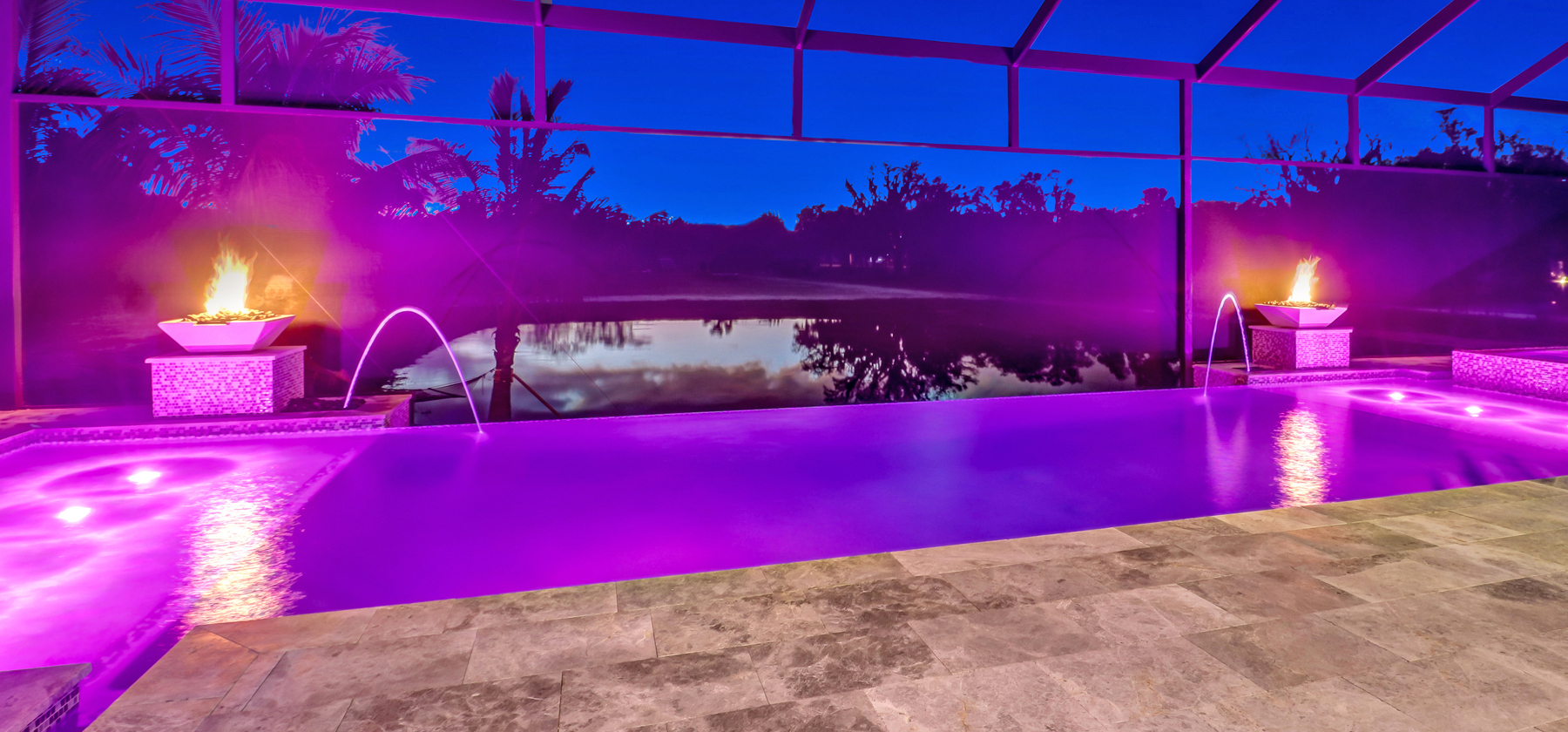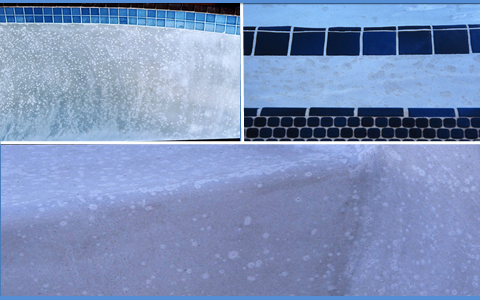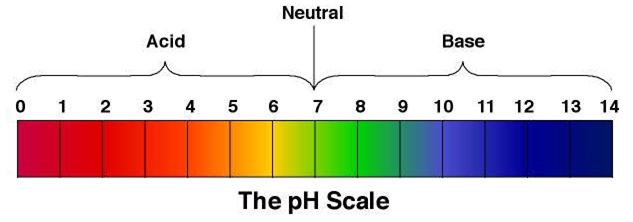Congratulations, you’re now the proud owner of your very own in-ground pool. Whether you’ve had one built at your existing home or just purchased a new property with a pool already on site, afternoon fun and frolicking is on the horizon. But before the fun begins, there are a few things every new swimming pool owner should know. Quality Materials, proper chemical care, and a strict maintenance schedule are paramount in maintaining the quality of your pool’s finish and ensuring the health of your family and friends who swim in it. Calcium hardness, pH levels, and alkalinity levels all play an important role in the safety and quality of your new private oasis. Failure to maintain any of these important chemicals within the recommended ranges can cause your water to enter an “aggressive” state accompanied by some serious consequences.
Pool finishes are primarily made up of some form of plaster or white cement. One of the primary elements of these materials is calcium. Calcium is a chief ingredient to 3 major molecules contained within dry cement mix. Tri-calcium silicate, di-calcium silicate, and tri-calcium aluminate when mixed with water react to form interlocking bonds of calcium silicate hydrate and calcium alumino-silicate hydrate. Another by product of this reaction is the more soluble compound calcium hydroxide which makes up around 25% of the finished product. Because calcium is the primary element in a pool finishes chemical makeup, it is important to be sure it is present at the appropriate levels within the pool water. If the hardness of the pool water is below or above the recommended range, the water will act on its own to correct the imbalance causing some costly and unsightly side effects.
If the calcium hardness level is to low (pool water is too soft), the water will pull the much-needed calcium from its only available source… the finish. With calcium hydroxide being the most soluble calcium-based material within the pools finish, it is the first to breakdown. Calcium will begin to leach out to correct the imbalance causing the previously smooth finish to crack or dissolve away.
On the flip side, if the calcium hardness of your pool water is to high (pool water is too hard), the excess calcium will bind to the finish causing grey, white, or brown spots to appear. The only remedy for this issue is to drain the entire pool and have it acid washed. Industry standards recommend calcium levels in a swimming pool be within 200 – 400 parts per million (ppm).
The effects of imbalances in pH and alkalinity can cause similar issues to those of poor calcium levels, along with a host of other issues as well. Although they measure slightly different metrics, PH and alkalinity levels have a close relationship with each other. Both are associated with the concentration of acidity in your pool water and an imbalance in one could, in many cases, mean an imbalance of the other as well.
The pH scale is a tool used to measure how acidic or basic your pool water is. A low pH measurement means the water is to acidic causing the water to be corrosive to finishes, equipment, and irritating to swimmers’ eyes and skin. A high pH reading means the water is more basic causing chlorine to be less effective turning your pool into a breeding ground for algae and bacteria. Industry standards recommend a well-balanced pH be between 7.3 – 7.7 ppm.
Alkalinity gauges the waters ability to resist changes in pH. It measures the amount of alkaline substances dissolved in the water. These alkaline substances buffer changes in pH by neutralizing acids. To raise the alkalinity (increase pH) you simply ad carbonates, bicarbonates or hydroxides to the water. This practice will decrease the amount of acidity in your pool and as a direct effect cause the pH reading to increase. Those most commonly used products to increase alkaline readings in a pool are sodium carbonate and sodium bicarbonate. To lower the Alkalinity reading (lowering pH), simply dilute muriatic Acid in a bucket of water and pour it evenly within your pool. Industry standard alkalinity levels should fall between 90 – 120 ppm.
The best practice is to maintain a strict weekly testing regiment and to take quick action if your pool ever falls outside any of these recommended ranges. Following these guidelines should keep your pool finish looking great, ensure warranty coverage remains in effect, and provide a safe swimming environment for you and your family.



